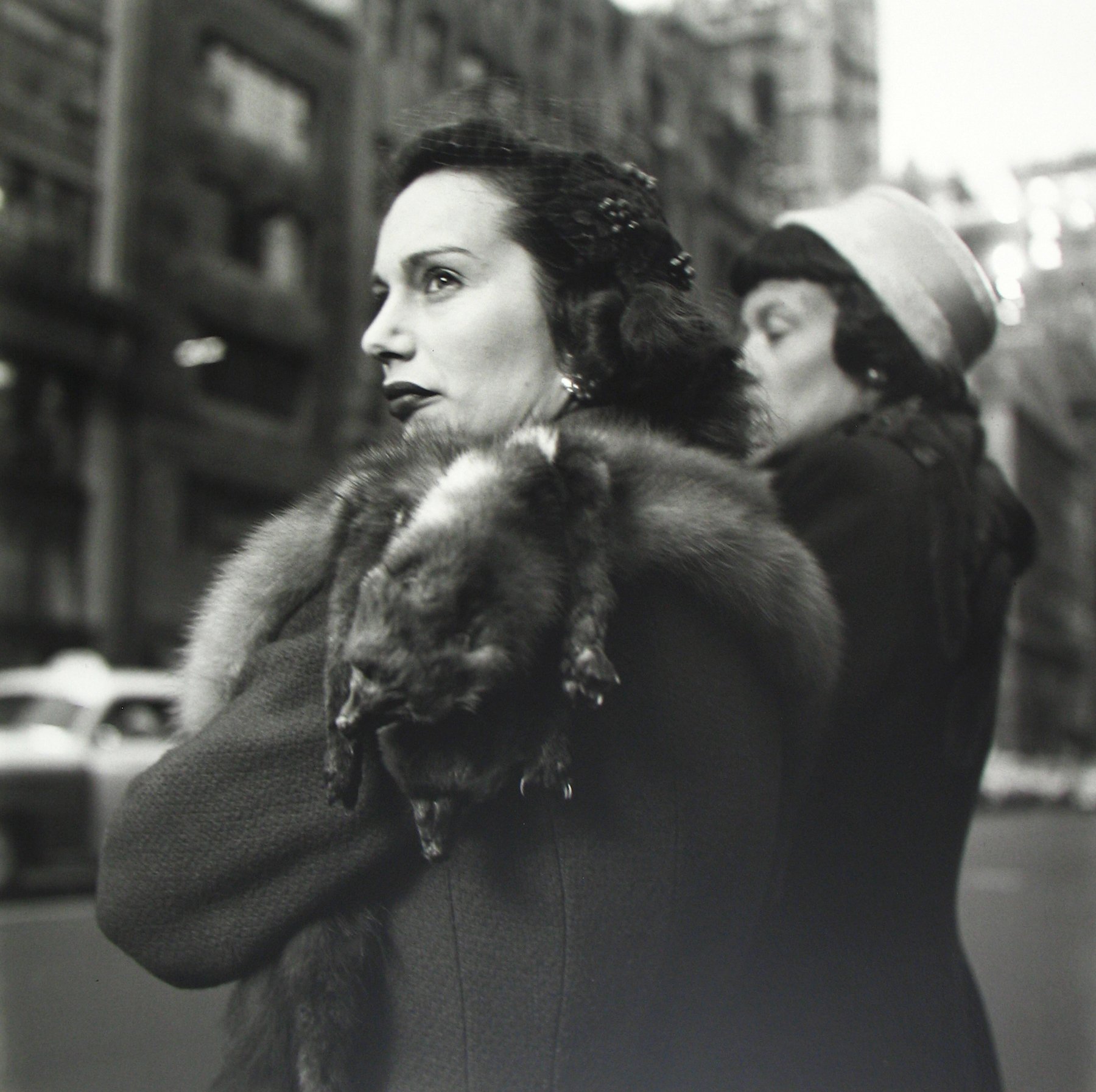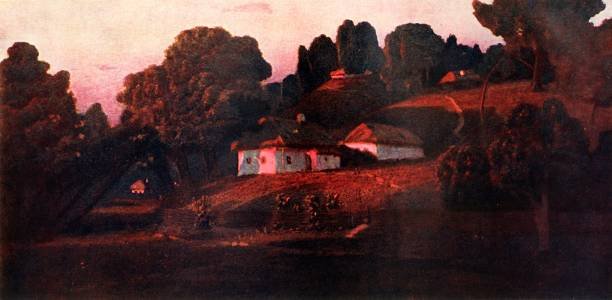Photo from Daily Telegraph 29/10/22; © Jamie Marshall/Marcel Jurian De Jong
Well, it looks just like a standard photo, doesn’t it? It appeared in a newspaper article about campervans. The casual observer might have glanced at it and noticed nothing out of the ordinary. But there is in fact something out of the ordinary. Have another look at it. The scene is obviously staged but that’s not what I mean. It’s the chap on the right in the pink shirt. Look at his foot. It’s completely out of proportion to the rest of his body.
Now look at the front tyre of the van, or more specifically the wheel rim. It’s not quite round, it’s more oval. You’d get a very bumpy ride off that. The van itself looks pretty long to me and the woman in the middle with the dog looks on the small side compared to the chap in the pink shirt – who seems to have a very big head compared to the woman’s. How has all of this happened?
These effects are the result of using a very wide-angle lens. Just as a telephoto lens will compress the distance between an object and something behind it, so a wide angle tends to do the opposite. It’s not so much the effect of the lens in itself but of using it close to the subject. There is a kind of ellipsoidal distortion so that objects nearer to the lens seem disproportionately big – especially when they are closer to the edge of the image as the wheel and the foot are in this one. Naturally, the photographer needs to get the whole scene in and may not have much room for manoeuvre so a wide-angle lens is the solution.
I’m seeing more and more of these minor distortions. There were quite a few when the Queen was lying in state a few weeks ago. Like this one.
Taken from The Guardian website. photographer unknown
The three military figures on the left with the plumed hats are about twice the size of the two religious figures in the middle at the foot of the steps. The effect is less obvious than in the picnic scene because the photographer is farther away but it is still there. If you take a ruler to the image the soldiers are about 4 cms (on my screen - even knocking off a bit for the tall hats) while the priests are about half that.
The effect seems to be exacerbated with shots that are not head-on but you can still see how a wide-angle lens distorts close to, by taking a photo of someone’s face with your phone’s wide-angle lens from near to and then from farther away. The former will not be flattering - just as most selfies are not flattering if you look carefully.
The most famous example of this effect recently was this one of President and Mrs Biden with President and Mrs Carter. It’s obviously a very small room and the photographer was stuck with it but the effect of the lens is now comical. The Bidens are closer to the camera and the edges of the shot (as are President Carter’s feet) and they look like giants.
Photo © Carter Centre
Does all of this matter? Well, if I may quote Winston Churchill: the price of freedom is eternal vigilance. If you want your view of the world to remain unskewed then it is best to keep an eye on the digital demons because they will distort it so easily and eventually you will stop noticing. You will then be on the receiving end of someone else’s world rather than your own. Just as I expect news reporting to be a reasonable reflection of the facts so I expect documentary photography to be a reasonable reflection of a scene. Come on you picture editors!
Watch out for these photos. I’m sure we will be seeing more and more of them.

















































